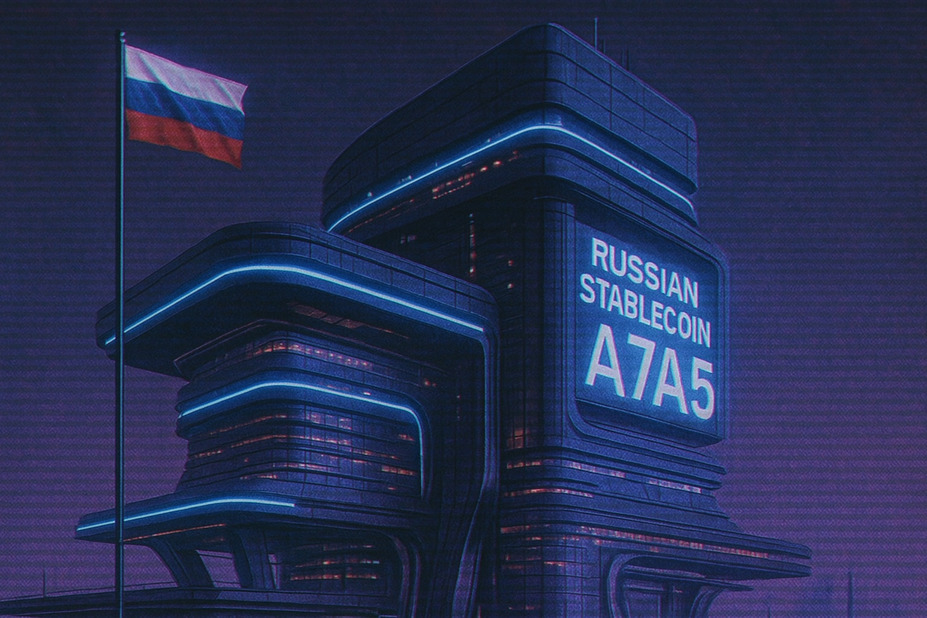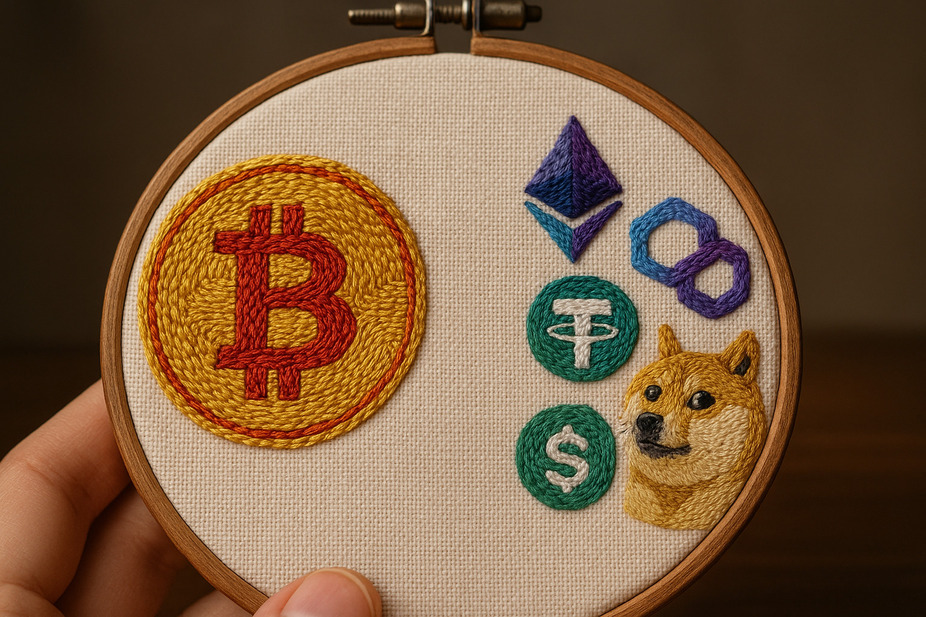A7A5: analyzing the impact of Russia’s ruble-backed stablecoin on the crypto sector

In the world of blockchain and cryptocurrency, which is always changing, a new and interesting thing has happened: a stablecoin called A7A5, which is connected to the Russian ruble. This digital asset has reportedly become very popular, with over $1 billion being spent on it every day. Launched earlier this year in Kyrgyzstan, A7A5 has reportedly processed a total transaction volume of $41.2 billion, with a surge in activity this month, according to insights from blockchain analytics firm Elliptic.
This surge has garnered international attention, raising crucial questions about A7A5’s role in global finance, potential for sanctions evasion, and the broader implications for stablecoins operating in geopolitically sensitive regions.
A7A5 is reportedly backed 1:1 by ruble deposits held at Promsvyazbank, a Moscow-based financial institution that has faced Western sanctions due to its connections with Russia’s defense sector. The stablecoin was initially developed by a company linked to A7, a payments firm associated with Ilan Shor, a controversial Moldovan oligarch.
Despite claims from A7A5 that it severed ties with Shor’s A7 project in May 2025 due to strategic disagreements, Shor was observed promoting the stablecoin at the St. Petersburg International Economic Forum, emphasizing its role in facilitating cross-border payments.
The design of A7A5 allows users to purchase it on the Ethereum or Tron blockchains, exchange it for Tether’s USDT, and withdraw funds globally in various currencies. This feature makes it look like a way to get around normal financial limits.
The increasing adoption of A7A5 coincides with Russia’s ongoing efforts to develop alternative payment systems amidst Western sanctions, which have effectively isolated the country from global financial networks like SWIFT. Russian officials, including the Finance Minister, have openly supported the use of cryptocurrencies like Bitcoin for international trade settlements, indicating a broader shift toward embracing digital assets as a means of bypassing sanctions.
Grinex, a crypto exchange based in Kyrgyzstan, serves as A7A5’s primary trading platform. Since its launch, Grinex has processed over $9.3 billion in A7A5 transactions, with activity heavily concentrated among a limited number of 124 wallets. This suggests that the token is primarily utilized by a small group of high-volume traders or institutions, potentially for internal financial processes rather than widespread retail adoption.
Elliptic’s analysis further reveals that A7A5 transactions often exhibit rigid, repetitive patterns, particularly during Moscow business hours. This observation hints at the possibility of orchestrated financial operations rather than organic market activity.
The stablecoin’s market capitalization, currently around $151 million with 12 billion tokens in circulation, is relatively small compared to the number of transactions it processes. This shows that each token is being used many times a day. This high turnover rate has led to speculation about A7A5’s potential use in large-scale trade between Russia, China, and Central Asia, where it is difficult to use traditional banking methods.
Despite its growth, A7A5 faces scrutiny regarding potential sanctions evasion and connections to illicit activities. Grinex is considered by some to be the successor to Garantex, a Russian crypto exchange that was shut down by U.S. authorities for allegedly facilitating over $60 billion in illicit transactions.
According to blockchain analytics firms like Elliptic and Global Ledger, Grinex inherited Garantex’s user base and liquidity, with outstanding Garantex balances being credited to new Grinex accounts. This transition, combined with A7A5’s ties to Promsvyazbank and Shor, raises significant concerns about its potential role in enabling sanctioned entities to move funds across borders.
The A7A5 team says that the stablecoin is needed because people want stablecoins that aren’t linked to the US dollar. It’s a clear and easy-to-understand system, and the audits of the reserves are done regularly and made public. They say that the interest it gets from ruble deposits each year, about 7.84%, has attracted around 24,000 holders, most of whom are in Russia and the Commonwealth of Independent States.
However, experts are still unsure about its wider use because of the high concentration of transactions and the unclear origins of many flows. As the people in charge of cryptocurrencies around the world are paying more attention to them, the rise of A7A5 shows how hard it is to balance new financial ideas with rules. This shows that Russia is starting to use crypto-based solutions to deal with its economic isolation. But this could also mean that more countries are watching what the UK is doing.
Whether A7A5 ultimately becomes a permanent fixture in the global crypto economy or a target for regulatory crackdowns remains uncertain. Regardless, its impact on Russia’s financial landscape is already relatively significant, prompting the need for careful monitoring and analysis moving forward.












